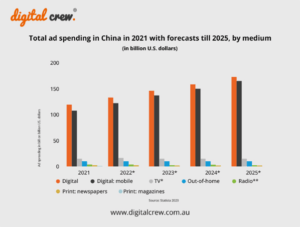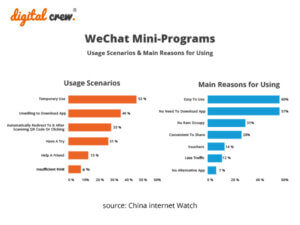Artificial intelligence (AI) is no longer a futuristic concept discussed in computer-nerd magazines. It is already a reality, and China has some serious plans to overtake the US and become the AI world leader by 2030.
China sees AI as being central to its economic development and security. It is not pulling any punches when it comes to the design and development of intelligent machines for use in its industries and military.
Here’s more about AI, and how China plans to lead the world in its development and application.
AI – explanation and examples
AI is basically the creation of machines to think and learn like humans. Examples include voice and facial recognition software, driverless cars, language translation programs, machine-based decision-making, robotics, automated visual inspection software and computer-aided medical diagnoses.
Teaching machines to capture the same nuances and contexts that the human brain can has been talked about for decades. Even a human baby can recognise faces with different expressions and from varying angles for example, but getting a machine to do the same has been a long-running challenge. AI is now surging ahead in leaps and bounds however, and the competition is pretty fierce.
At the annual ImageNet challenge for instance (a collaboration of three US universities) scientists compete to create the best image analysis software. Each year the accuracy improves, with the ultimate goal of course being to develop systems on par with humans or even better. In 2017, the top performers in the ImageNet challenge were all from China.
Three-phase plan for AI in China
Top 500 reports that China’s government has released a three-phase plan for AI.
Phase 1 – 2020: During this phase China’s aim is to develop AI standards and to focus on autonomous systems and data analytics.
Phase 2 – 2025: By 2025 the aim is to develop independent learning systems that can be utilised in healthcare, manufacturing, agriculture and defence.
Phase 3 – 2030: By this stage China hopes to be the world leader in AI, especially ‘strong AI’ (human-level intelligence) with an economic value of $US740 billion ($A932 billion).
Some analysists also predict that by 2030, AI could boost China’s economy by 26%.
China’s advantages and disadvantages
Right now, China might lag behind the US in terms of how many AI companies it has, but it does have several advantages.
This includes having 40% of the world’s AI scientists, and data by the bucket-load with its massive and expanding internet user-base. Also, according to a report in The Economist, tech start-ups in China tend to establish more quickly than they do in America.
China’s internet censorship and its inward-focus may disadvantage it in this space to some degree. At least this is the consensus of some industry analysts, who consider that success in AI will require considerable openness and collaboration.
What will this all mean for commerce and digital marketing?
By all accounts BAT (Baidu, Alibaba and Tencent) are involved in AI development. Some examples include Baidu’s involvement in the development of driverless cars, and Tencent’s Deep Learning platform, which will deploy face and voice recognition and other capabilities. This means AI will work its way into e-commerce and m-commerce more and more over the next decade or so, and digital marketers will need to be prepared.











































































